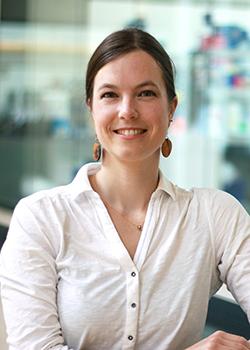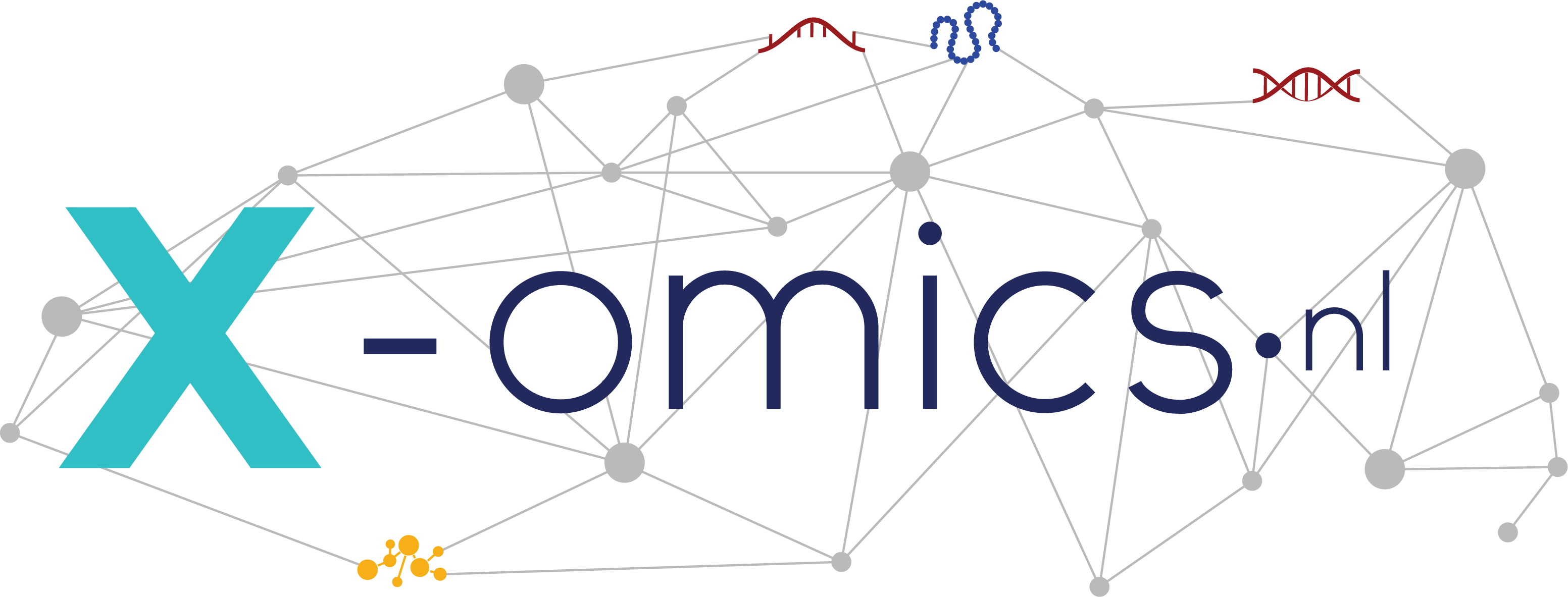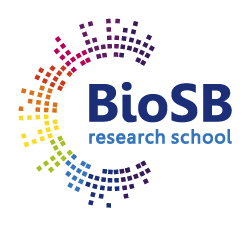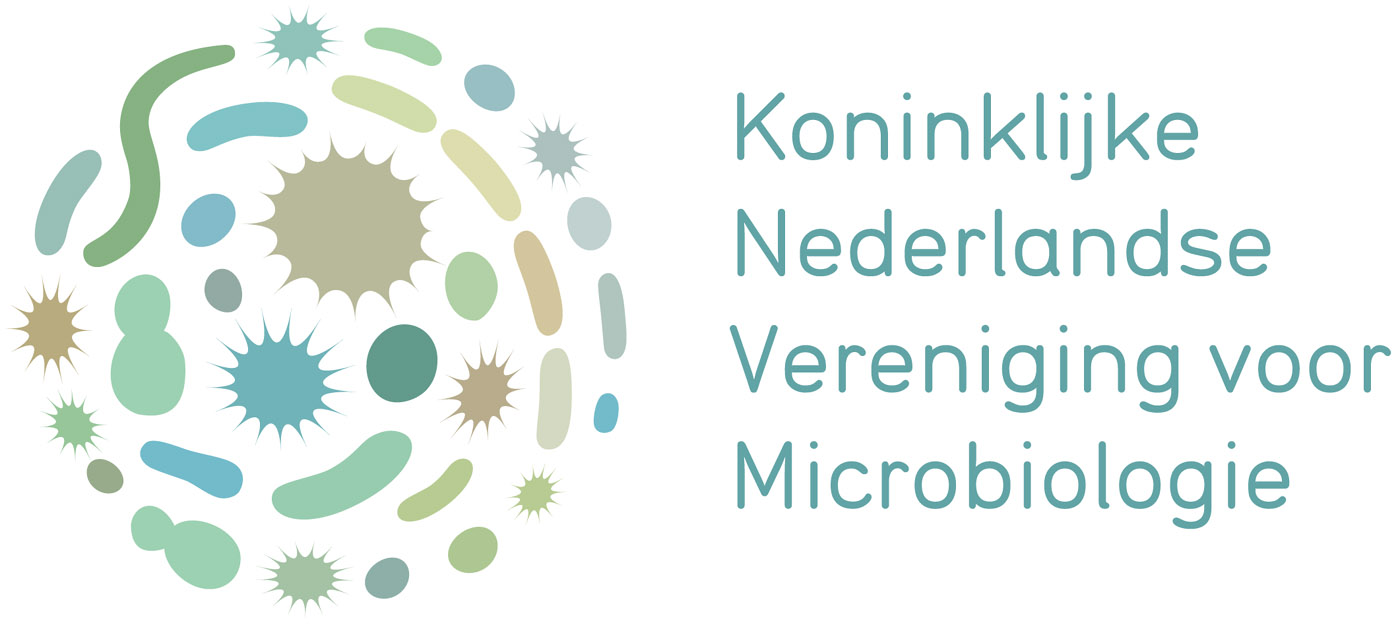Renske Vroomans
Dr. Renske Vroomans, Sainsbury Laboratory, University of Cambridge, UK
Evolution of plant development – the role of time and spatial cues
Plants have evolved their developmental program over 500 million years, resulting in a great diversity of sizes, shapes, and colours. We use computational models in which gene expression patterning can evolve, to study changes in developmental mechanisms at different time scales. In a model of plant stem cell niche evolution, we identify a core network of gene interactions that are deeply conserved and turn over much more slowly than other parts of the developmental mechanism. This core appears to function as a scaffold for the final expression pattern rather than producing the final pattern itself, highlighting an interesting evolutionary interplay between more conserved and more evolvable elements in developmental regulatory networks.
At shorter time scales, a model of petal pattern evolution shows how pre-existing morphogen cues strongly determine patterning dynamics in Hibiscus flowers, and predicts the potential for a cryptic cell type to emerge as a side-effect of selection for a distinct bullseye.
Finally, I will discuss the direction in which we would like to take these developmental models, moving away from fixed selection pressures towards “constructive” emergence of selection through environmental interactions.
Biography
I am a theoretical biologist — I study biological phenomena by making computer models to simulate the underlying processes. My research centers around the evolutionary dynamics of developmental processes, also known as evo-devo.
I am currently a career development fellow at the Sainsbury Laboratory in Cambridge, starting projects on the evolution of plant developmental programs — here is my group page.
During my PhD I studied the evolution of segments, which are repeated patterns in animal bodies, like vertebrae or the partitioned armour of insects. As a postdoctoral fellow at the Origins Center in the Netherlands, I worked on the evolution of multicellularity: what selection pressures can cause cells to stick together, and how cells change their behaviour once they are in a group.
On my research page I explain evo-devo in a bit more detail;
see also the page of my collaborator, Enrico Sandro Colizzi,
for more info about evolutionary dynamics.
BioSB 2024
 Registration website for BioSB 2024
Registration website for BioSB 2024BioSB 2024petra.aarnoutse@health-ri.nl
BioSB 2024petra.aarnoutse@health-ri.nlhttps://www.aanmelder.nl/biosb2024
2024-06-17
2024-06-19
OfflineEventAttendanceMode
EventScheduled
BioSB 2024BioSB 20240.00EUROnlineOnly2019-01-01T00:00:00Z
Hotel ZuiderduinHotel ZuiderduinZeeweg 52 1931 VL Egmond aan Zee Netherlands







![Home [thermosphere.tudelft.nl] Home [thermosphere.tudelft.nl]](https://th.bing.com/th/id/R.5c284c9825122e1b56ee032a41ebb68b?rik=oOVz4J%2bgHQp5%2bQ&riu=http%3a%2f%2fthermosphere.tudelft.nl%2fassets%2fimages%2fnwo-logo-rgb-300x300.png&ehk=%2f8rcUAMXMUeqTNnTbyzzgYCMN6Za8VdLAvwxsDVOVzY%3d&risl=&pid=ImgRaw&r=0)





